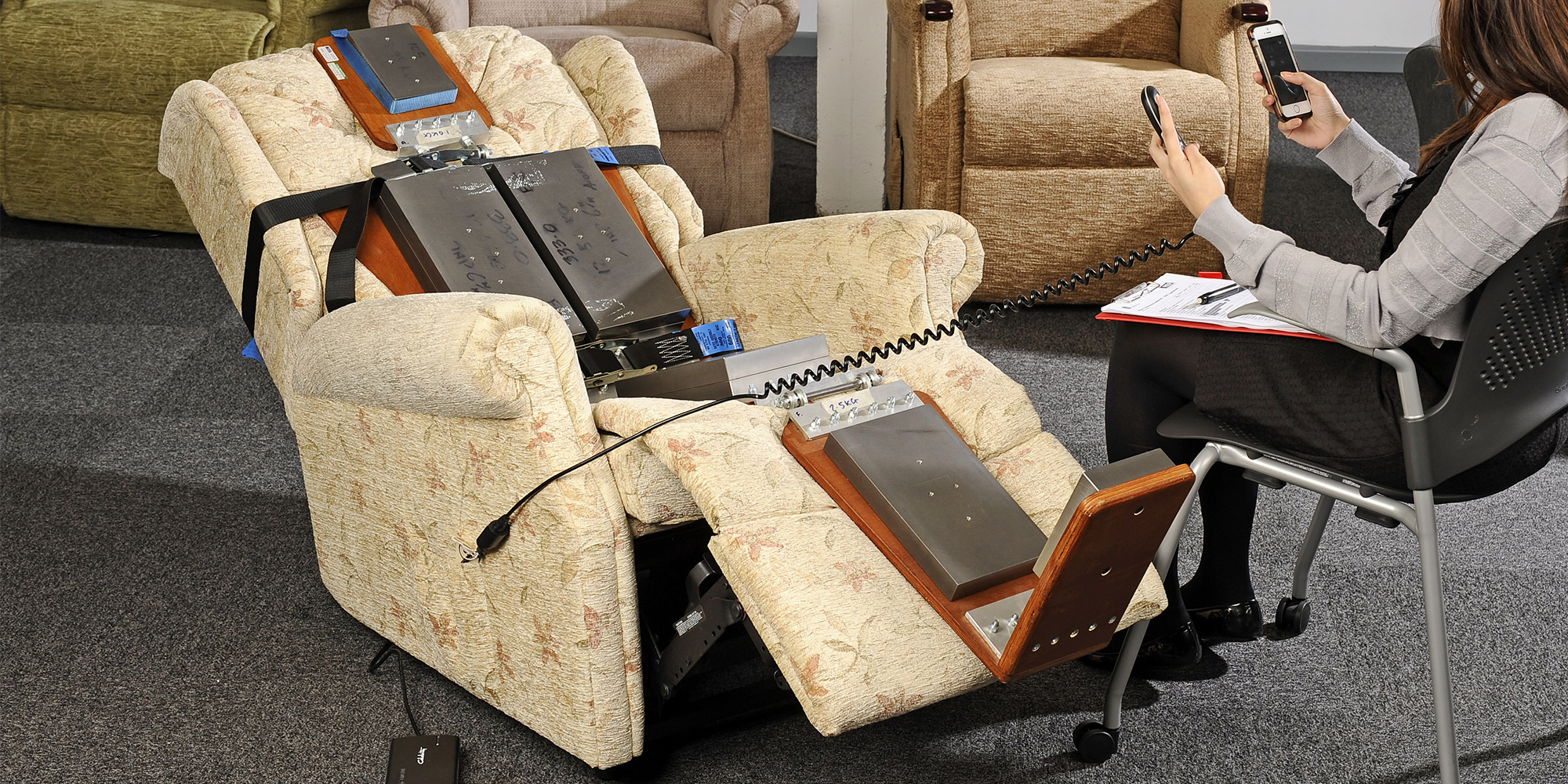ISO 16000-9 Indoor Air VOC Emission Testing of Adjustable Furniture Materials
The ISO 16000-9 standard is a globally recognized protocol designed to measure the volatile organic compound (VOC) emissions from materials used in indoor environments. This service focuses on testing adjustable furniture, particularly recliners and similar seating that may contain multiple components including foam, fabrics, wood, metal, and other materials.
The importance of VOC emission testing in this context cannot be overstated, especially as it pertains to the health and well-being of users who spend extended periods sitting in these pieces of furniture. Excessive VOC emissions can lead to a range of adverse health effects including headaches, dizziness, and respiratory issues. Ensuring compliance with international standards is crucial for manufacturers looking to maintain high-quality products that are safe for consumers.
Our testing service strictly adheres to the ISO 16000-9 methodology which involves placing a specimen in an airtight chamber under controlled conditions over a specified period of time. During this period, air samples are collected and analyzed for their VOC content. The results provide critical data on the emission levels of various materials used in these furniture pieces.
The testing process requires meticulous sample preparation to ensure accurate and reliable results. This includes selecting appropriate specimens that represent the typical materials used in recliners and similar adjustable furniture. Specimens are carefully prepared according to ISO guidelines, ensuring consistency across all tests.
Once samples are ready, they are placed into an airtight chamber where controlled conditions simulate real-world usage scenarios. The temperature is maintained at 23°C ± 1°C, relative humidity at 50% ± 5%, and the air flow rate set to 1 L/min. These parameters remain constant throughout the duration of the test.
After a period of 96 hours, air samples are collected from the chamber for analysis using gas chromatography-mass spectrometry (GC-MS). This advanced analytical technique allows for precise identification and quantification of VOCs present in the air. The results obtained provide a comprehensive picture of the emission profile of each specimen.
Our laboratory uses state-of-the-art equipment to ensure accurate measurements and reliable data. GC-MS systems are calibrated regularly to maintain high standards of accuracy. Analysts involved in this process undergo rigorous training to ensure they understand both the technical aspects of the test as well as its practical implications for manufacturers and consumers.
The final report includes detailed information about all detected VOC compounds along with their concentrations. This data helps manufacturers identify which materials contribute most significantly to emissions so corrective actions can be taken during production processes. It also assists in meeting regulatory requirements imposed by various governments around the world.
| Industry Application | Description |
|---|---|
| Furniture Manufacturing | Detecting and reducing VOC emissions ensures safer products for consumers. |
| Regulatory Compliance | Meeting international standards enhances market access opportunities. |
| Health & Safety | Avoiding health hazards associated with prolonged exposure to high VOC levels. |
In addition to detecting harmful chemicals, our service also contributes positively towards environmental sustainability. By identifying sources of VOC emissions early in the manufacturing process, we enable manufacturers to make informed decisions about material selection and design changes that could reduce overall impact on human health without compromising product quality or appeal.
- Reduces reliance on non-renewable resources through optimized usage.
- Promotes recycling and reuse of materials where possible.
- Encourages the development of less toxic alternatives for commonly used chemicals.





